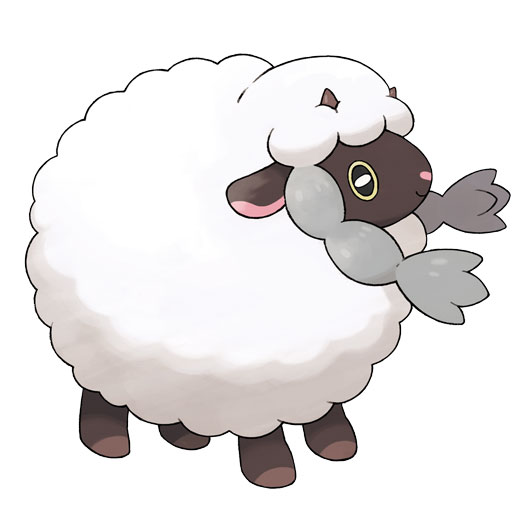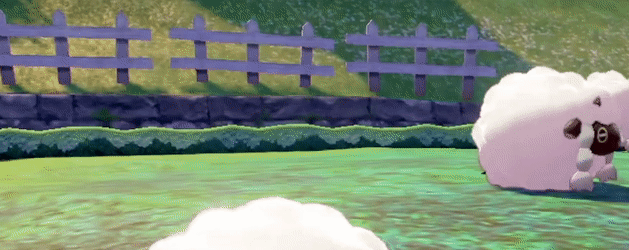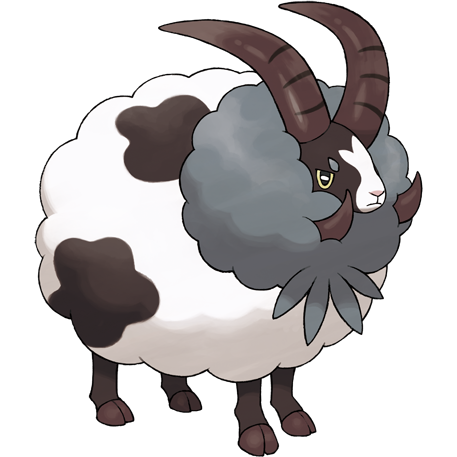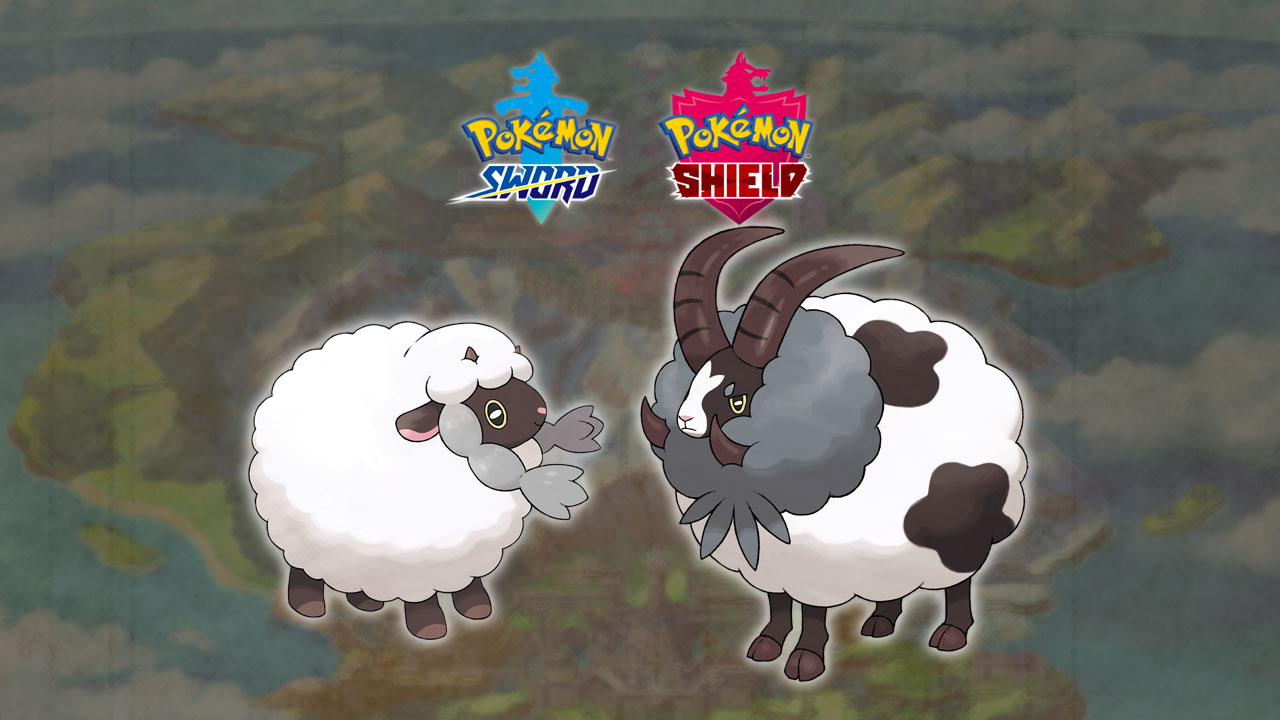In this recurring series, I’ll analyze the origins of Pokémon designs, their culture, and their historical allusions to British culture.
The United Kingdom is made of four countries, three of which are all on the island of Great Britain. Of these, Wooloo the sheep Pokémon is closely associated with the areas of Galar based on Scotland.
Wooloo

Wooloo has a classic sheep design, with a dark face, tiny horns, and pigtails down its face. In some ways it resembles the Scottish Blackface sheep which is the most common breed of sheep in the United Kingdom.
The two stands of braided hair may be an allusion to the pigtails that were a style worn by some vikings in the Nordic countries. An archaeological dig found a depiction of the viking deity Freyja with two braids similarly hanging down her face. The Nordic legendary character Brunhild is also depicted with two long braids and a helmet with small horns on top. The Danish king Sven Forkbeard had that surname as he had two braids in his beard. This style is still common today in popular culture.
Sheep farming have played a critical role in Scotland for many centuries. In the past, sheep frequently grew regular hair more than wool. Archaeology findings suggest that sheep began being selectively bred to encourage the production of wool in the area around Iran around 6000 BC. Later, sheep began to be migrated and sold in Europe. Sheep were one particular animal raised, among common breeds including cows.
Then in the late eighteenth century and early nineteenth, there was a process in Scotland known as the Highland Clearances. This was a large-scale set of evictions by landlords to those renting their land. The tenants were replaced by sheep farmers, who could pay higher rents to the landlords. This led to a large increase in the number of sheep in the country, and had many consequences for the country’s political and economic situation.

Wooloo’s skittish behavior is common among real sheep, and often shepherds will have dogs to help steer sheep in the right directions. There are many breeds of dogs that are notable for herding. Such species have historically included the Cardigan Welsh Corgi and the Pembroke Welsh Corgi. These dogs were used often in herding cattle, but grew less common in that role at Scotland transitioned to sheep. Today there are more sheep in Scotland than people.
This herding relationship is alluded to in the first Galarian gym in Turffield, where Yamper try to corral Wooloo around a grassy field.
Its curly fleece is such an effective cushion that this Pokémon could fall off a cliff and stand right back up at the bottom, unharmed.
If its fleece grows too long, Wooloo won’t be able to move. Cloth made with the wool of this Pokémon is surprisingly strong.
Sheep grow wool pretty quickly today, and require someone to shear the wool. This process is typically just cutting off most of its fleece once a year. It’s done often in the warmer months, which helps the sheep to stay cool.
Wooloo’s shiny form inverts its coloration, having a white face and black fur. This alludes to the English idiom “black sheep” which refers to a member of a group that doesn’t fit in with the others. Black fleece is a recessive trait in many sheep breeds, making it rare. In this way, a black sheep can be seen as a shiny sheep.
Dubwool

Wooloo quickly evolves into Dubwool, maturing into a larger sheep. Its name, deriving from “double” and “wool” can suggest its wool production potentially doubling or allude to its two sets of horns. The double set of horns, along with its piebald pigmentation, suggest it is based on the Jacob sheep, another common British breed of sheep raised for its wool. Unlike many breeds of sheep, female Jacob sheep are always horned.
Weave a carpet from its springy wool, and you end up with something closer to a trampoline. You’ll start to bounce the moment you set foot on it.
Its majestic horns are meant only to impress the opposite gender. They never see use in battle.
The use of its horns in mating rituals are reflected in some sheep behavior studies. One found that in some breeds of mountain sheep, horn size was correlated with mating success. Some breeds of sheep may fight each other, ramming other potential mates with horns to assert their dominance. Dubwool do not appear to do this, as the Pokédex makes clear.
The Pokédex in Sword for Beheeyem notes a relationship with Dubwool:
Whenever a Beheeyem visits a farm, a Dubwool mysteriously disappears.
Given the number of UFO sightings in Scotland, it’s not surprising that people would connect aliens to occurrences of animals disappearing or being found mutilated. This belief is reflected in the behavior of Beheeyem in Galar.
Conclusion
Given the ubiquity of sheep in Scotland, it’s not surprising to see a new Pokémon based on sheep with British and Nordic influences. It is a contrast from Mareep, Flaaffy, and Ampharos by remaining quadrupeds and developing horns rather than being Electric-type. Given the large number of sheep breeds, it seems reasonable to have several evolutionary lines with similar origins, especially given the distinctiveness of each one.

